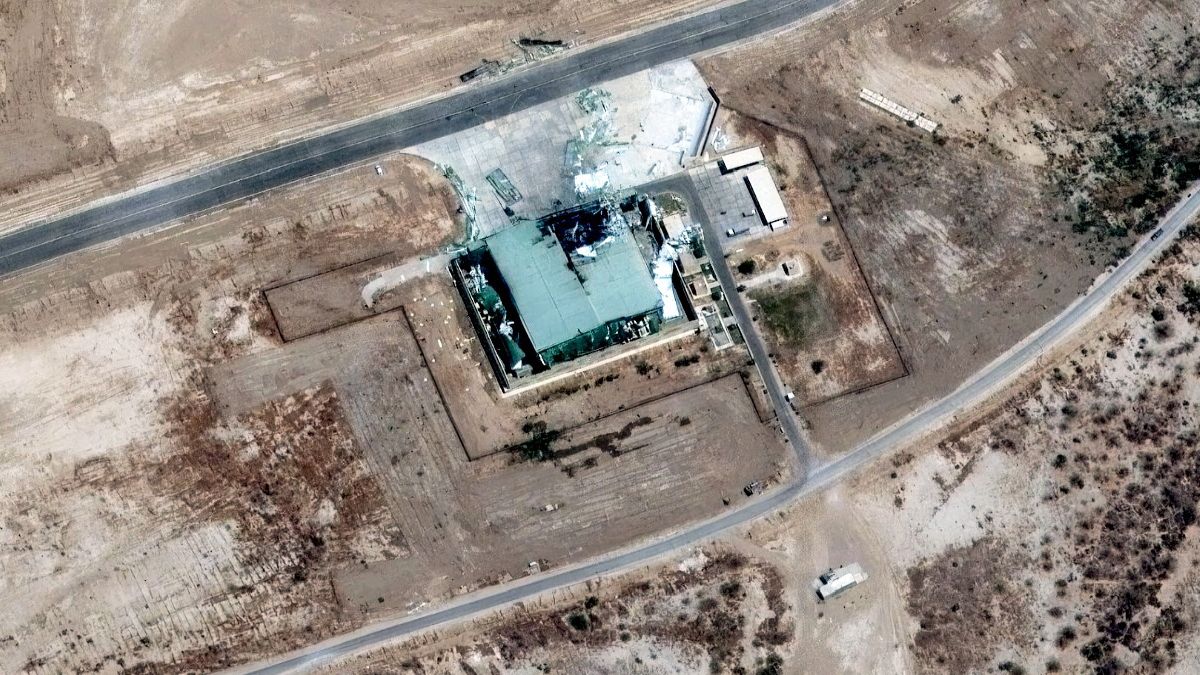Pakistan’s retired Air Marshal Masood Akhtar has admitted that the Pakistan Air Force (PAF) lost an Airborne Warning and Control System (AWACS) aircraft during India’s ‘Operation Sindoor’ on the night of May 9–10.
“They (Indian forces) fired four back-to-back Brahmos surface-to-surface missiles… surface-to-surface or air-to-surface, I am not sure. The (Pakistani) pilots rushed to secure their aircraft, but the missiles kept on coming, and unfortunately the fourth one hit the hangar at Bholari (airbase), where one of our AWACS was standing. It was damaged and casualties were also reported…” he said in an interview to Pakistani journalist Sohrab Barkat, which was shared by Frontalforce on X, a platform which reports on conflicts and current affairs.
BREAKING- Ex PAF chief admits that Pak has lost a PAF Awacs in Bholari strike
— Frontalforce 🇮🇳 (@FrontalForce) May 15, 2025
Biggest prized asset of PAF taken down in Op Sindoorpic.twitter.com/hTgV19F6aa
Pakistan’s Airborne Warning and Control System (AWACS) plays a pivotal role in the country’s air defence network, offering real-time surveillance, early warning, and command-and-control capabilities.
These high-value assets are critical for detecting threats, directing fighter jets, and coordinating aerial operations over large areas.
The confirmed loss of an AWACS aircraft during India’s ‘Operation Sindoor’ marks a serious setback to Pakistan’s situational awareness and air combat readiness — particularly amid ongoing tensions with India.
Impact Shorts
More ShortsThe admission by retired Air Marshal Akhtar has proved embarrassing for Pakistan’s military, which has consistently downplayed the extent of damage caused by the Indian strikes, insisting that all its military assets remained unharmed.
However, satellite imagery has revealed significant damage across at least four key Pakistani airbases.
The Bholari airbase near Karachi, specifically mentioned by Akhtar, was among the sites targeted in Indian military strikes.
Indian defence officials had earlier said that a hangar was hit, and satellite visuals confirm structural damage consistent with a missile strike.
In addition to Bholari, airbases at Nur Khan, Sargodha, and Rahim Yar Khan also suffered major damage during the precision strikes carried out on the night of May 9–10.
A New York Times report, citing Maxar Technologies’ satellite imagery, has supported India’s claims, showing visible damage to several of Pakistan’s critical military installations.
“An examination of satellite imagery indicates that while the attacks were widespread, the damage was far more contained than claimed — and mostly inflicted by India on Pakistani facilities," said the report.
The Washington Post also reported strikes damaged “at least six airfields,” citing satellite analysis that revealed destruction across runways, hangars, and control facilities — some as deep as 100 miles inside Pakistan.
Experts quoted by The Washington Post described Operation Sindoor as “the most significant attacks of their kind in decades of simmering conflict.”
On the night of May 6–7, the Indian Armed Forces launched precision strikes on at least nine terror hideouts in Pakistan and Pakistan-occupied Kashmir (PoK) as part of ‘Operation Sindoor’.
The strikes triggered a sharp escalation, with Pakistan retaliating through drone and missile attacks, which were successfully intercepted by India’s air defence systems.
In response, India carried out further strikes on key Pakistani military installations and air defence assets, including those in major cities such as Lahore and Rawalpindi.
Tensions de-escalated on May 10 after Pakistan’s Director General of Military Operations reached out to his Indian counterpart, resulting in a mutual agreement to cease hostilities.
With inputs from agencies


)

)
)
)
)
)
)
)
)



